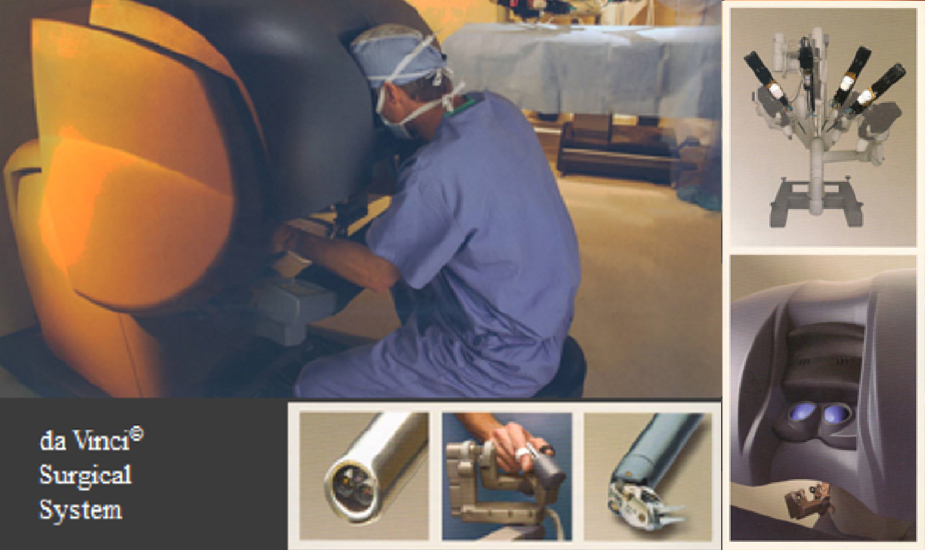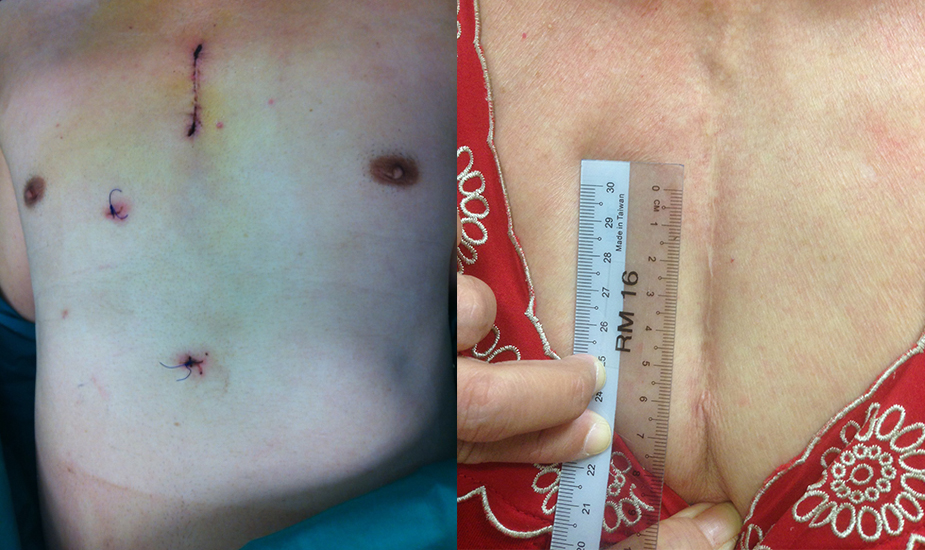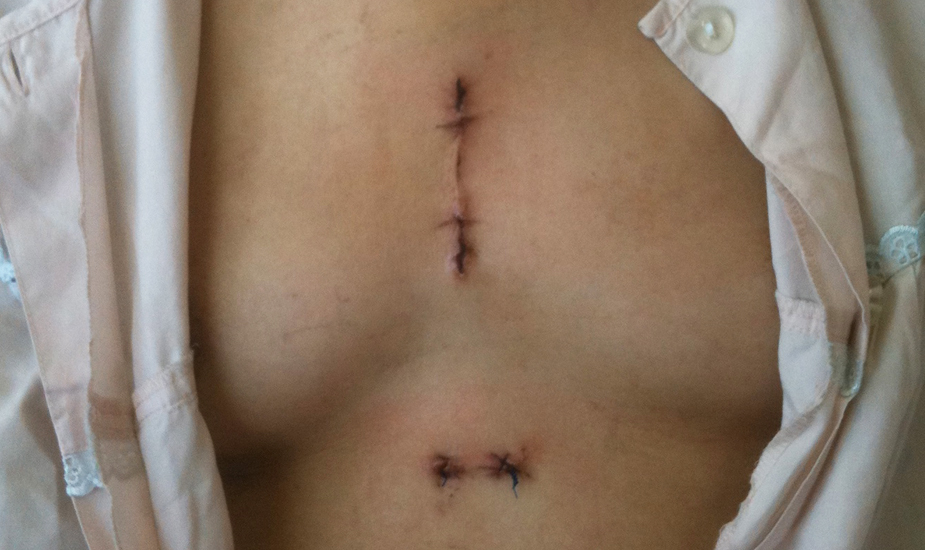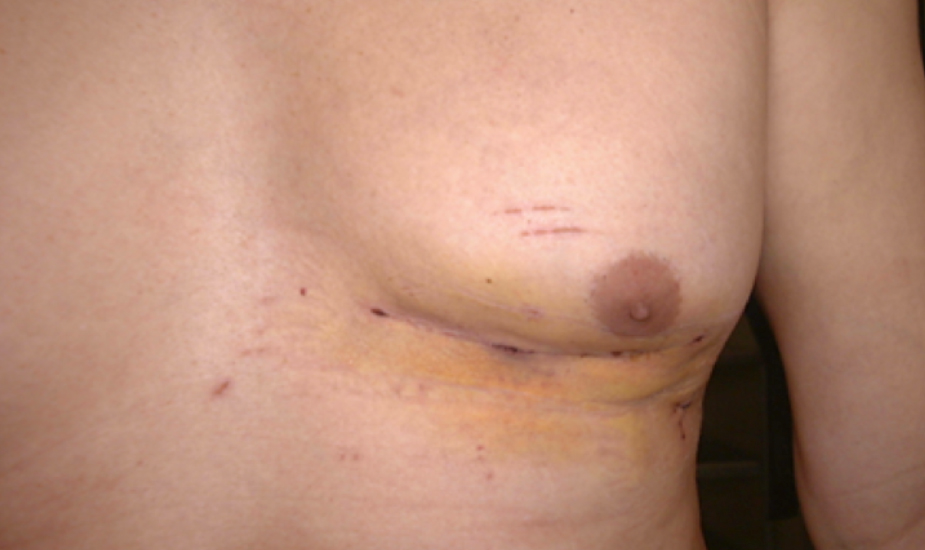Hybrid approach
In the current era of medicine, it may be difficult to offer the perfect treatment options for a patient with complex heart disease. In a patient with ischemic heart disease, some coronary arteries may be more suitable to be dealt with by angioplasty and stenting while others, especially the left anterior descending artery, may be better off with a CABG and LIMA anastomosed to it. In a patient with cardiac valvular disease coupled with coronary artery disease, by convention method, this patient will undergo a full sternotomy to fix both the valve and coronary artery stenosis.
However, with the development of MICS and increasing collegiality between cardiologists and cardiac surgeons, hybrid approach to a patient with cardiac conditions can now offer a new perspective in treatment planning and to the best interest of the patients.
In a patient with multiple coronary artery diseases, it is without argument that LIMA – LAD anastomosis offers the best long term patency and patient survival. Total artery coronary artery bypass is often raised by many surgeons and appears attractive in clinical outcomes. However, in real life, it happens only in less than 20% of the cases.
On the other hand, although PCI with stents is least invasive among all revascularization interventions and the technology of coronary stents have evolved dramatically, its outcome still cannot match LIMA – LAD which offers a 20 years patency rate of more than 90%.
With acceptance of the above knowledge and facts, it’s been increasingly acceptable for cardiologists and cardiac surgeons to work together to offer patients the best benefits from both worlds.
With hybrid approach, a patient with multiple coronary artery disease can then undergo a small thoracotomy and LIMA-LAD (MIDCAB) followed by PCI & stenting to the other two vessels within the same admission. The patients will then benefit from the best conduit to the most critical coronary artery (LIMA-LAD) and avoid a full sternotomy. The other two less critical vessels can then be revascularized with PCI and stenting. Bear in mind that the current stent technology offers equivalent or even better results than long saphenous veins and radial artery that were used in CABG. Typically, this group of patients will suffer the least trauma from surgery and benefit the best outcome from both specialties. Usually, the patients will be discharged within three days of hospital stay and resume work within two to four weeks.
Another common scenario where the hybrid approach has been adopted is in situation where patients have heart valve disease and non-LAD coronary artery disease. Traditionally, again, these patients will require a full sternotomy to allow heart valve repair/replacement and most likely a saphenous vein graft to the stenosed non LAD coronary artery. In the literature, the venous graft has been shown to have patency of less than 50% in 10 years. This result is far more inferior than the outcome of PCI and stenting. It is becoming obvious that a full sternotomy to achieve a less than inferior result is not plausible.
Instead of managing the patient alone by surgeons or cardiologists, the patient will be much better off undergoing a hybrid procedure of partial sternotomy, valve repair/replacement and followed by PCI to the coronary artery disease. It not only shortens the surgery time but most importantly, shortens the cardiopulmonary bypass time which has been well documented to cause harm with prolonged duration. All these combined efforts translate into less physical and psychological trauma, less pain, much faster recovery, and a much better aesthetic outcome.
Of course, nothing comes free in this world. With hybrid approaches, whilst the patients may benefit from both the specialties, they are also expected to face a 20-30% increment in the medical bills.
Nevertheless, every patient should be assessed and counseled individually to have the most appropriate treatment plan for his or her cardiac condition.
Dr Su Jang Wen
MBBS, MRCSEd, MMed, FRCSCTh, FAMS
Thoracic & Cardiovascular Surgeon









